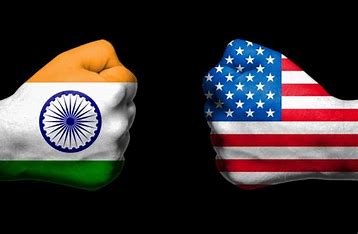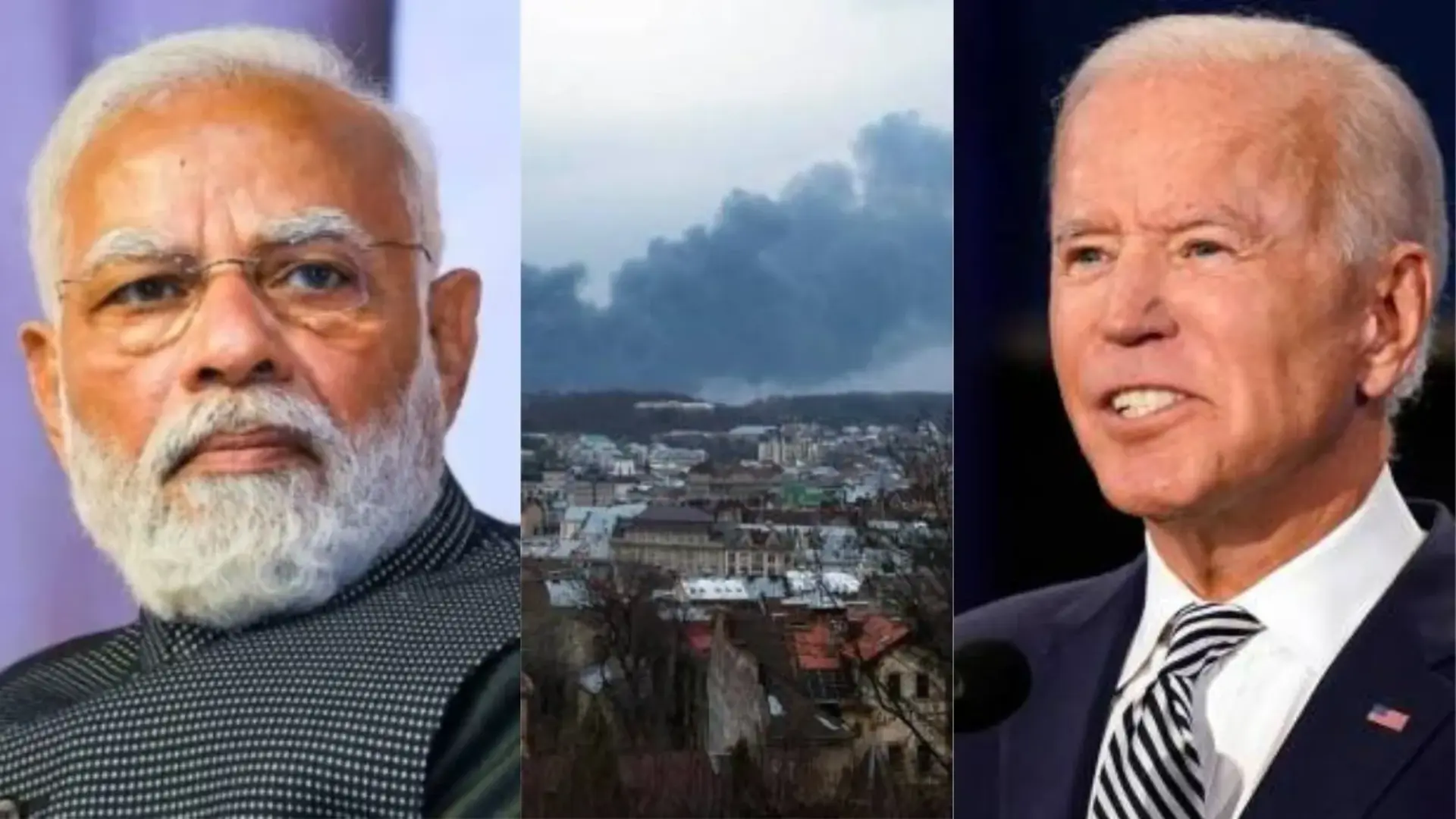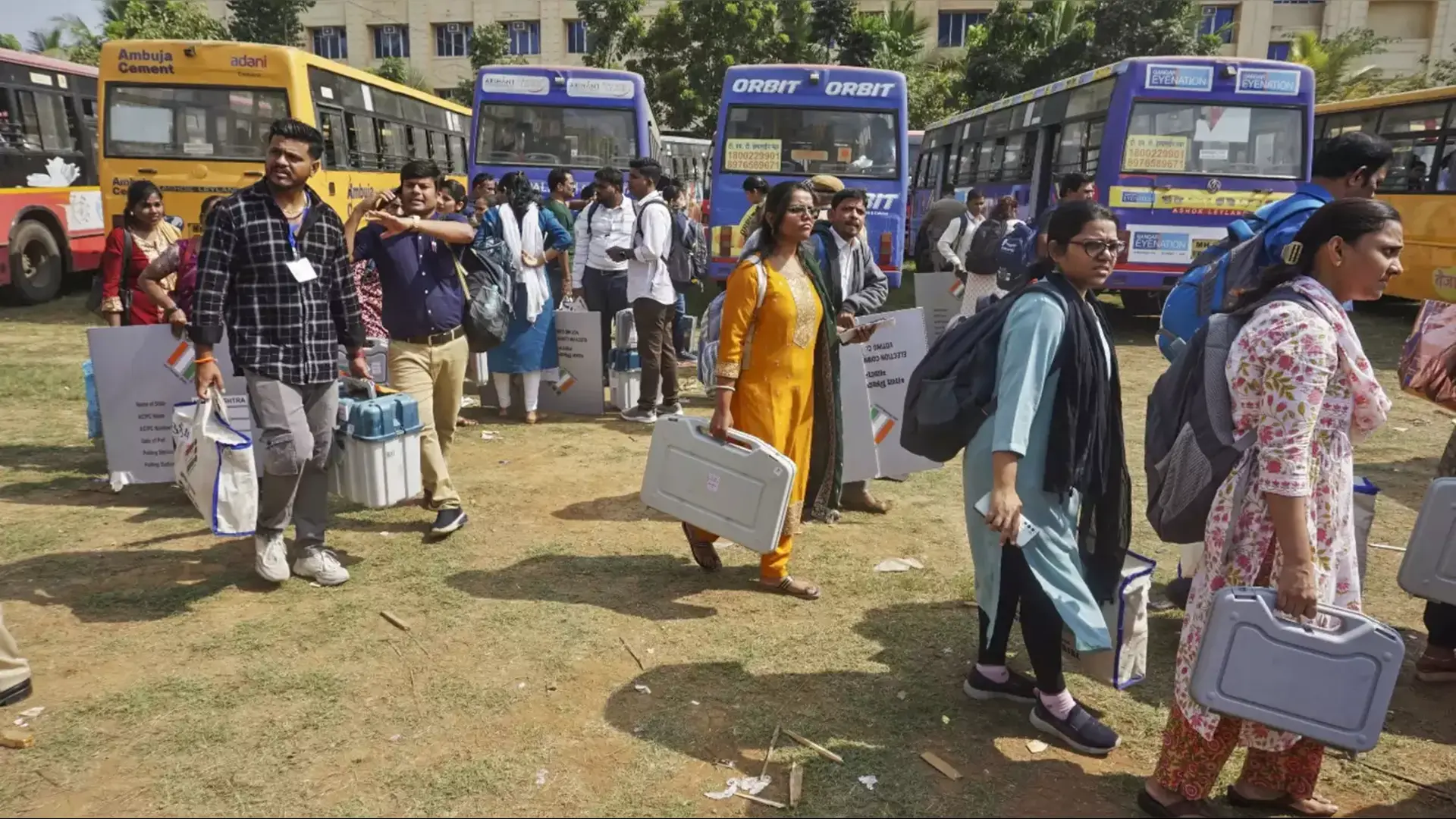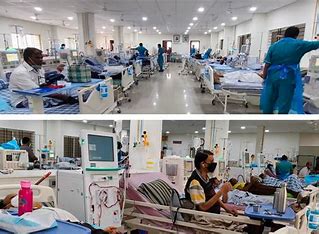
Amidst a puzzling geopolitical landscape, Indian Defense Minister Rajnath Singh’s official visit to the US from August 23 to 26 came at a pivotal juncture- increased bilateral proximity and coordination on mutual strategic interests with the US. The meetings between Defense Minister Singh and his American counterpart Lloyd Austin and National Security Advisor Jake Sullivan were also emblematic of Washington’s recognition of New Delhi’s growing strategic role across the Indo-Pacific, in addition to evolving defence partnership.
AGENDA AND IMPLICATIONS OF THE VISIT
At the top of the agenda of Singh’s official engagement was expeditious advancement in defence and security cooperation. The high-level engagement emphasized on swift fruition of key defence deals and initiation of co-production ventures, including procurement of 31 MQ-9B Predator drones, joint development of Stryker infantry combat vehicles, and the GE F414 engines in India. Moreover, the Ministry of Defence (MOD) and the US Department of Defence (DOD) signed bilateral Security of Supply Arrangement (SOSA) and Memorandum of Agreement (MOA) regarding the Assignment of Liaison Officers.
The conclusion of the SOSA was amongst the highlights, through which India and the US have agreed to provide reciprocal priority supply of goods and services that promote national security. In the event of unanticipated supply chain disruptions, both partners have committed to support one another’s priority delivery requests for critical defence resources. While the U.S. will provide India assurances under the U.S. Defense Priorities and Allocations System (DPAS), India will in turn establish a government-industry Code of Conduct with its industrial base, where Indian firms will voluntarily agree to make requisite effort to provide the U.S. priority support. With a shared goal of developing reliable and diversified global supply chains, SOSA calls for instituting working groups, and communication mechanisms to proactively address supply chain issues. SOSA being the latest addition in the series of defence pacts would pave the way for deepening interoperability and coordination between the defense industrial ecosystems of the two strategic partners.
Another agreement concluded during the official visit- MOA regarding the Assignment of Liaison Officers, progresses on an earlier decision between the two sides to increase information sharing, which will entail posting of Indian armed forces officers in key strategic US Commands. The stationed officers acting as real-time communications bridge would strengthen the interoperability, mutual understanding and reduce friction between the militaries of the two sides. Through better staff linkages, synchronizing across the spectrum joint engagements in the future would also become easier.
Two of the big-ticket deals agreed in June 2023- MQ-9B drones and GE F-414 engines were also discussed during the meeting. The deal to procure 31 American MQ-9B Unmanned Aerial Vehicles (UAVs), estimated at $3.9 billion is in the advanced stages. The amended UAV agreement involves missiles, guided bombs and indigenization content at 30%. With the drone deal, India is now the only non-ally to be offered a Missile Technology Control Regime Category-1 Unmanned Aerial System. The procurement of MQ-9B drones would significantly enhance 24×7 Intelligence, Surveillance and Reconnaissance (ISR) capabilities across all domains. As per the deal, American firm- General Atomics will also establish an assembling facility in India to support India’s objective of boosting indigenisation capabilities. Additionally, since the UAVs can provide roughly 80% of the capability of a manned maritime patrol aircraft at about 20% of its cost per hour, making these platforms operationally economical, in addition to reducing the wear and tear of manned aircraft for defence forces.
Negotiations between India and the US for the co-production of GE-414 jet engines are also set to conclude soon. However, there is a noted delay in the delivery of GE-404 engines, which are needed for India’s Tejas Mark-IA fighter aircraft. The issue was raised with US officials, with Singh underscoring the urgency of this requirement. The jet engine deal features an unprecedented level of technology transfer of up to 80 per cent, which is not only a major leap forward for India’s indigenous aircraft manufacturing capabilities but also expands the operational capabilities of the indigenous Tejas Mk2. Both the jet engine and drone deals seem to have set an example for the course of defence ties.
Meanwhile, the US Secretary of State Antony Blinken approved a possible sale to India of Anti-Submarine Warfare (ASW) Sonobuoys and related equipment during the course of Singh’s visit. The procurement, at an estimated cost of $52.8 million also includes engineering support and other logistics services. The proposed sale will improve India’s operational capability to meet threats through enhanced capacity to conduct undersea deterrent and offensive operations.
BACKDROP
The developments during Singh’s visit should be conceived in the context of the overarching framework, established through prevalent foundational defence pacts, and initiatives between the two countries.
The bilateral SOSA represents a crucial moment for Washington’s designation of India as a “Major Defense Partner” (MDP) in 2016 and for the bilateral Defense Technology and Trade Initiative (DTTI), introduced in 2012. The DTTI emphasized bolstering defence industrial cooperation and trade by bypassing the constraints of each state’s bureaucratic structures. SOSAs aim of securing expedited deliveries from each other takes a page from DTTI’s playbook. Whereas, SOSA also draws from India’s status as an MDP since the latter reflected a commitment in Washington to elevate defence trade and technology sharing with India to a level, commensurate with that of her closest allies.
Whereas, the India-US Defence Industrial Cooperation Roadmap introduced last year serves as an immediate backdrop not only for SOSA but also for other deals concluded. The deals on MQ-9B drones, F-414 engines, Stryker infantry vehicles, and even ASW Sonobuoys rest on the framework of the bilateral roadmap. The plan envisaged fast-tracking high-impact technology sharing and co-production ventures in areas, including air combat and land mobility systems, ISR, munitions, and the undersea domain. The roadmap also urged the two partners to consider signing SOSA as a priority.
On the other hand, MOA regarding Liaison officers should be viewed in the context of foundational bilateral military pacts signed between 2016 and 2020. These agreements were meant to actualize the corresponding logistics support, military interoperability and exchange of military and defence industry-related information in real-time.
WAY FORWARD
While the joint roadmap was envisioned to conclude by 2024, it’s the India-U.S. Defense Acceleration Ecosystem (INDUS-X) initiative that would be crucial for future industrial collaborations. Introduced in June 2023, INDUS-X was formulated to serve as a defence innovation bridge to actualise the Initiative on Critical and Emerging Technology (iCET), which strives to foster institutional linkages across government departments, businesses, start-ups, and academia to collaborate on dual-use advanced technologies.
With institutional mechanisms, and shared commitment to resolving regulatory blockages, the defence partnership seems poised to grow. However even if jet engine deal is considered ground-breaking, it doesn’t escape the fact that it took more than two decades to attain a major breakthrough despite warm bilateral relations since the onset of the 21st century. At the ground level, this primarily boils down to different modus operandi of defence industrial ecosystems of two sides rather than American regulatory restrictions on critical technology transfer. For making the joint projects successful, the onus lies on respective defence industrial ecosystems, which need to be adaptable and patient, if technical cooperation under DTTI is any indicator. On the other hand, the experience gained by both sides under the DTTI means that aligning procedures would become easier going forward.
With the growing role of the INDUS-X initiative, the progress of technical cooperation would partly depend on the private-sector collaboration. Consequently, India should consider introducing incentivization structures for the expeditious involvement of its private sector to allay their cost-related concerns. While India cannot reasonably expect the degree of technology access gained by Washington’s treaty allies, multistakeholder engagement, strengthening interoperability, and innovation funding would remain imperative to maximize the potential of a partnership that is “amongst the most consequential in the world”.
Author is a non-resident Assistant Researcher at the New Jersey based Consortium of Indo-Pacific Researchers.















